Different types of boats - Choosing the right one for your need
With a wide array of boat options available, selecting the perfect vessel for your needs can be quite a challenging task. Deciding which one suits you best requires careful consideration. Explore the wide variety of boats listed below and discover the ideal one that fits your needs.
How many types of boats are there?
- Motorboats (engine-powered)
- Unpowered or man-powered boats (like rafts, gondolas, kayaks, etc.)
- Sailboats (sail-propelled)
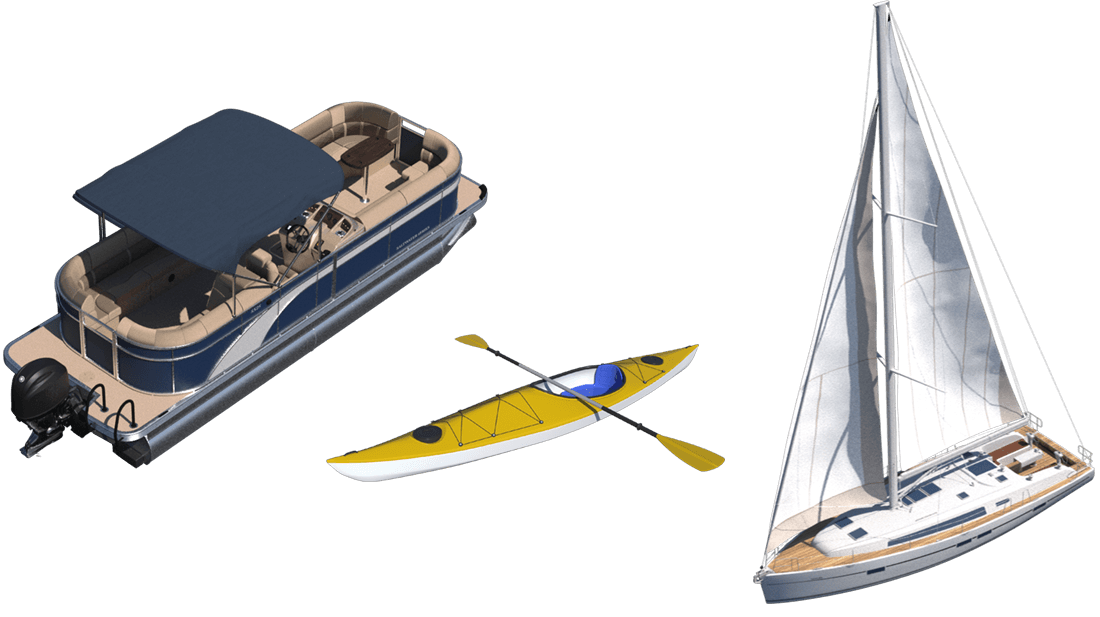
What are the different motorboat categories?
- Cruising boats,
- Fishing boats, and
- Water sports boats
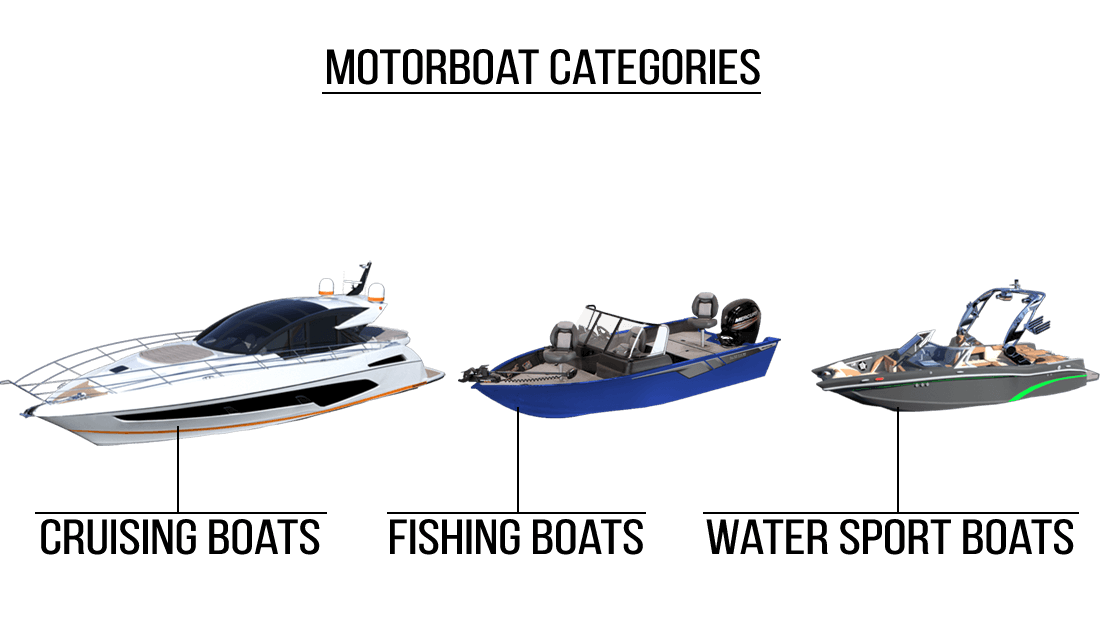
What are the classification of boats by length?
Class A: less than 16 feet.
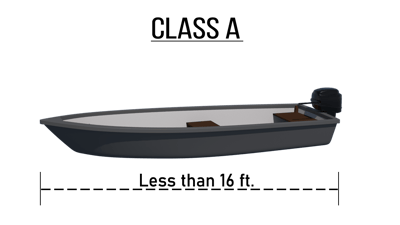
Class 1: 16 to less than 26 feet.
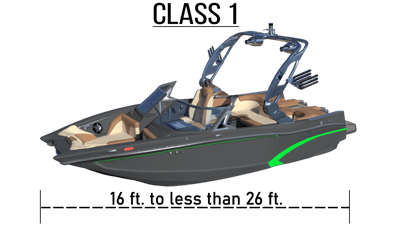
Class 2: 26 feet to less than 40 feet.
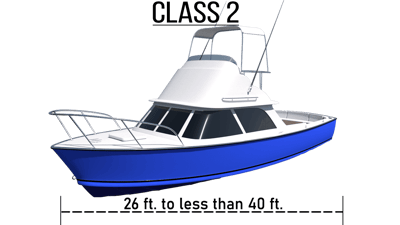
Class 3: 40 feet to less than 65 feet.
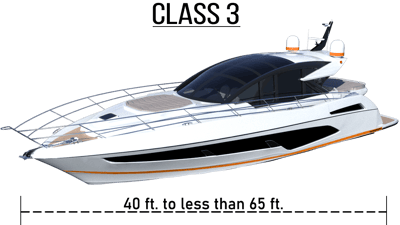
The safety equipment you are required to carry is determined by the length of your boat and the type of engine it has.
Which boat is right for you?
Motorboats
Fishing boats
Are boats used to catch fish. The immediate qualities include stability, strength, and durability to survive the fishing ventures across various kinds of waterways.
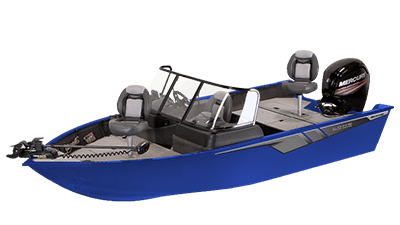
Bass boats
The bass boats are designed with slim profiles, and consist of 2-3 anglers on board, and are used for fishing. With plenty of horsepower, bass boats are the ultimate tool for the serious freshwater angler.
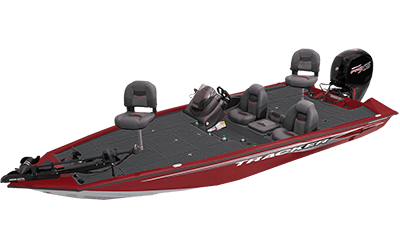
Bowrider boats
The bow area of these type of boats has been constructed in a unique way to allow a spacious seating arrangement. Moreover, these runabout-style vessels contain a swim platform for putting on wake-boards, or for swimming activities.
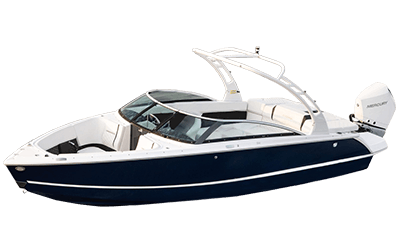
Cabin boats
This type of boat is well-suited for fishing, yachting, sailing and other water sports. Also, the presence of a closed deck over the boat’s bow allows a convenient storage space and easy navigation.
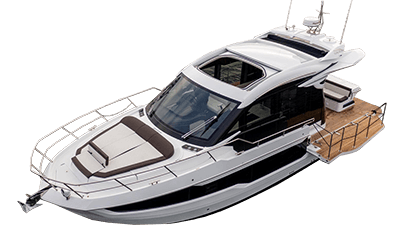
Center console boats
The Center Consoles are ideal for sports fishing and work in harsh offshore waterways where there is plenty of ocean fish.
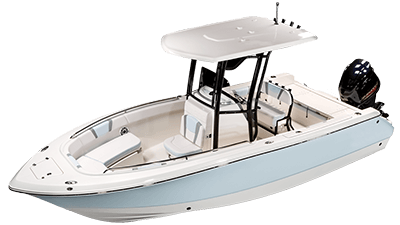
Dinghy boats
A dinghy is a small inflatable boat usually made of rubber and comprises of cross thwarts and rowlocks that act as seats and oars, respectively.
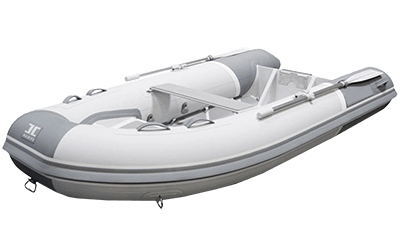
Houseboats
These boats offer the luxury of living on water and provide excellent recreational and holiday accommodation facilities. Houseboats incorporate broad flooring and modern amenities such as entertainment, fine dining, and proper sleeping arrangements.
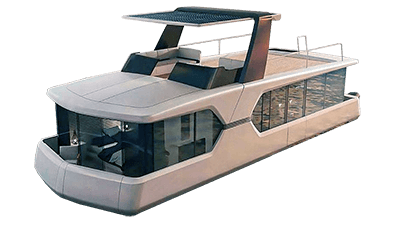
Trawler boats
The main advantage of trawlers is that the presence of a displacement hull allows them to smoothly maneuver through the water without exhausting much horsepower or consuming excessive fuel.
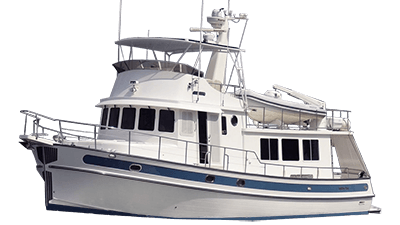
Cruiser boats
These boats are apt for relaxed sailing and include a galley and a berth. All modern comforts like heaters, air conditioners, and power generators are enclosed in the arrangement.
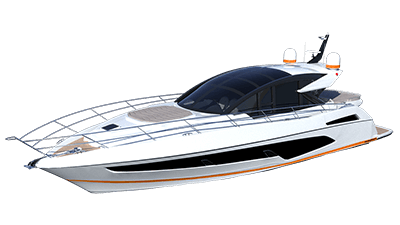
High performance boats
These long, sleek craft boats incredible power, often running a pair of high-horsepower sterndrives, inboards, or multiple outboard engines to propel them swiftly through the water. The classic high-performance boat features a long, enclosed front, or “bow”, with a relatively small main seating area.
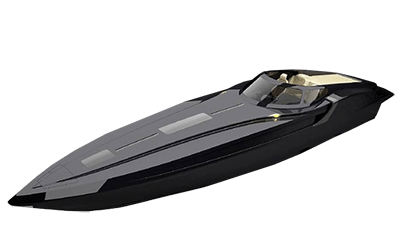
Motor yacht boats
The motor yacht has a standard length of 12m and above, with one or two diesel engines as per navigation requirement in the bigger river systems or the oceans.
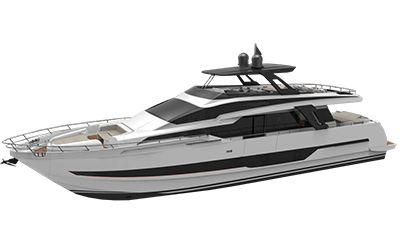
Personal watercraft
Characterized by craft more similar to a snowmobile, featuring a saddle and handlebars and capable of hauling one-to-three passengers.
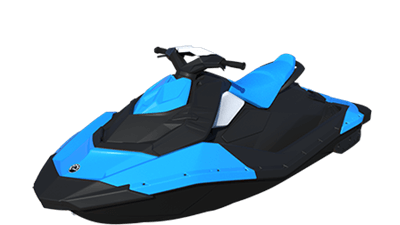
Runabout boats
The movement of these open boats is controlled by a steering wheel and forward controls, as located behind a windscreen. Cabin space is not required. Runabouts are usually declared entry-level vessels for casual sports and boating activities.
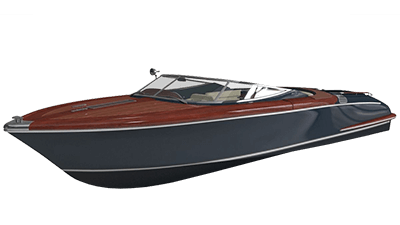
Jet boats
The structure of a jet boat is quite similar to that of a bow-rider, as it offers a lot of seating area along with a swimming platform. The advanced propulsion system is securely enwrapped in the hull, to protect it from any external damage. The jet boats are really fast, yet easy to manage.
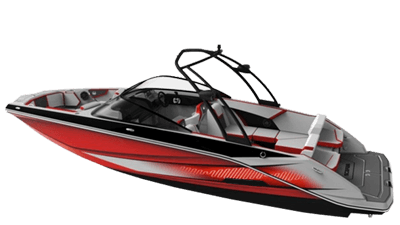
Ski boats
Ski boats also usually position the engine in the center of the boat. This combined with the shallow deadrise allow the boat to run at a level attitude. The result is strong acceleration and minimal wake size
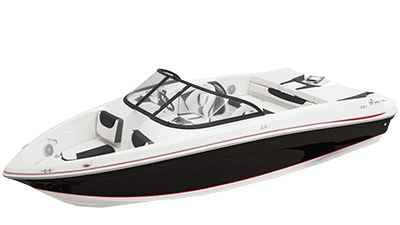
Wake boats
The inboard ski boats require a powerful range of acceleration and the shape of the engine and propeller accentuates it. Contrarily, the inboard wake boards need a V drive engine system, deep hulls, and a huge wake to set in motion. The boat’s running attitude is further altered with extra weight, also called “ballast”, or specially crafted tabs or hydrofoils, pumping those wakes up as large as possible and shaping them to create the perfect launch ramp for wakeboarders.
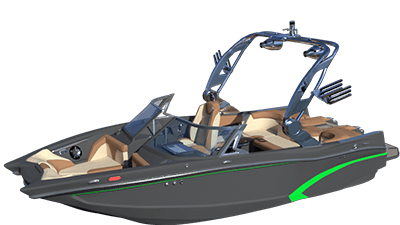
Pontoon boat
Used popularly for inland waters (lakes) and small water bodies, Pontoon boats length range from 15-30 ft with a shallow draft. It consists of multiple aluminum tubes supporting the broad platform providing excellent stability. They are used for recreational activities like cruising, fishing etc.
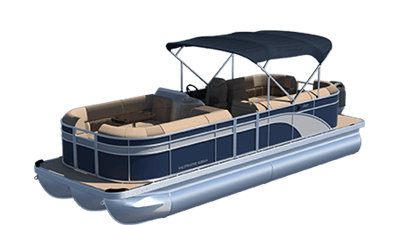
Deck boats
The names come from the open deck area it provides with plenty of seating arrangements for a group of people. It consists of a V shape hull with a wide beam to accommodate more passengers than a pontoon boat. Usually 25-35 ft in length, they are provided with a stern power drive, and popularly used for recreational activities like swimming, water sports etc.
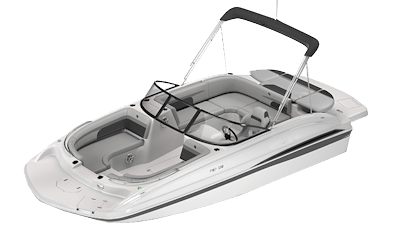
Jon boats
The Jon boat is another entry level boat, and a perfect choice for a novice boater as some of these boats are provided with steering console to get the feel of a mid-segment boat. They are used in shallow waters.
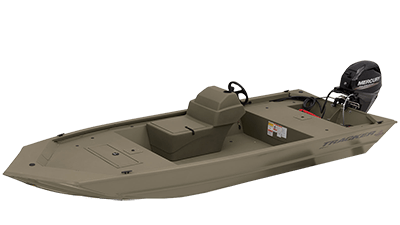
Airboats
Airboats are boats that glides effortlessly across the surface, propelled by an airplane-style propeller.
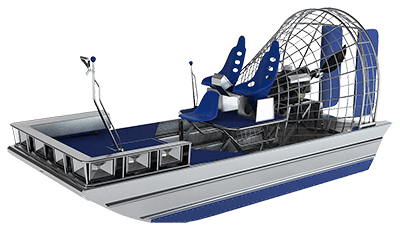
Container ships
Container ships are vessels that transports its entire cargo in large intermodal containers, ranging from 20 feet to 40 feet in length each.
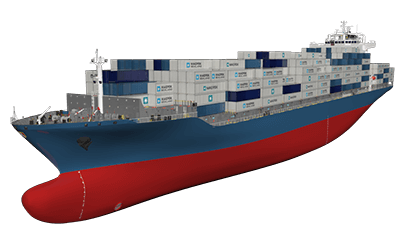
Sailboats
Sailing boats
Is a boat propelled partly or entirely by sails.
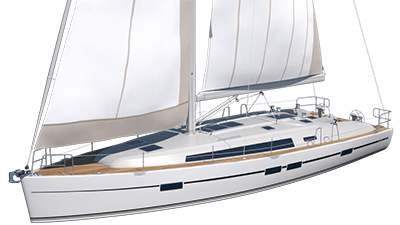
Catamaran
Catamarans have two parallel hulls of equal size. Catamarans typically have less hull volume, smaller displacement, and shallower draft than monohulls.
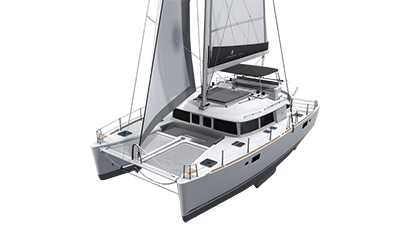
Windsurf
Windsurfing, a thrilling form of sailing, involves standing on a board while gripping a sail that is attached to the board.
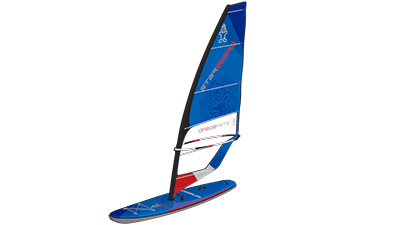
Unpowered or man-powered boats
Kayak
A narrow boat that is propelled with a double-ended paddle.
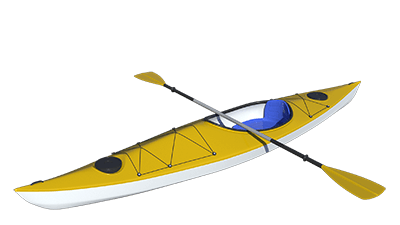
Canoe
Long and narrow, a canoe is a watercraft with pointed ends and curved sides, designed to be propelled by someone using a paddle.
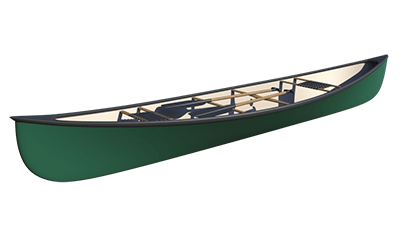
Life boats
In emergency situations, lifeboats come to the rescue! These are mainly attached to bigger vessels like cruises and their main function is to carry passengers to a secure area if the concerned vessel is met with an accident.
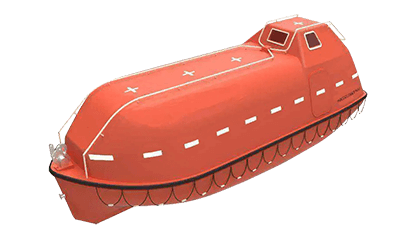
What you need to know before buying a boat?
When choosing the right boat, you’ll need to consider what you’re going to use it for, how much time you’ll spend on the water, and how many people will be on the boat.
Just as you would not expect a small runabout to be able to cross the Atlantic, a large motor yacht would not be suitable to pull water skiers. Boats come in many sizes and configurations and each is designed with a particular use in mind. All boats that are propelled by propulsion machinery are considered motor boats.
A PWC such as a jet ski, is considered a motor boat and is subject to the same rules and regulations as any boat of its size and horsepower.
Once you have decided what type of boat you want to buy, don't forget to take your online course to get the Canadian boating license. In Canada, the boat license is mandatory to operate all types of motorized pleasure craft, regardless of the type of motor or the length of the boat.
